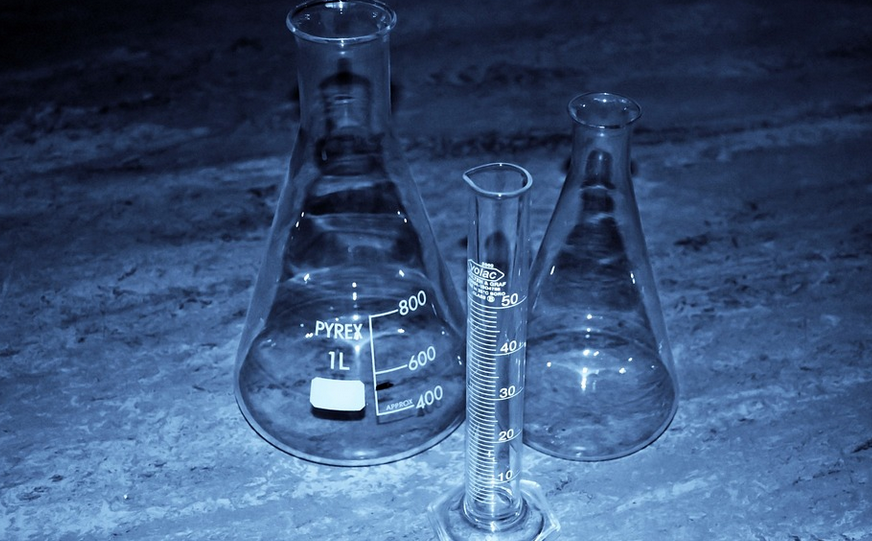Introduction
Have you ever wondered what happens when you light a candle? The flame that you see is the result of a chemical reaction taking place between the wax and the oxygen in the air. In this article, we will explore the chemical equation for a burning candle.
The Composition of a Candle
A candle is made up of three main components: wax, a wick, and a flame. The wax is typically made from paraffin, beeswax, or soy wax, while the wick is usually made from cotton. When you light the wick, it melts the wax, and the heat causes the wax to evaporate.
The Chemical Reaction
The heat from the flame breaks down the hydrocarbons in the wax into smaller molecules. These molecules then react with the oxygen in the air to produce carbon dioxide and water vapor. The chemical equation for this reaction is: C25H52 + 38O2 → 25CO2 + 26H2O This means that for every 25 molecules of wax that are burned, 38 molecules of oxygen are required. The result of this reaction is the flame that we see, along with the heat and light that it produces.
The Importance of Oxygen
Oxygen is a crucial component in the chemical equation for a burning candle. Without it, the reaction cannot take place, and the candle will not burn. This is why you need to provide enough oxygen to the flame by keeping the area well-ventilated.
The Role of the Wick
The wick also plays a vital role in the burning of a candle. It acts as a capillary, drawing the melted wax up into the flame. As the wax is burned, the wick continues to draw up more wax, allowing the candle to continue burning.
The Color of the Flame
Have you ever noticed that the flame of a candle is not always the same color? The color of the flame can vary depending on the temperature of the flame and the chemical composition of the wax. A blue flame indicates that the wax is burning at a high temperature, while a yellow or orange flame indicates a lower temperature.
The Safety of Burning Candles
While candles can be a beautiful addition to any room, it is important to remember that they can also be a fire hazard. Always keep candles away from flammable materials, and never leave them unattended. It is also a good idea to use candle holders that are designed to catch any dripping wax.
Conclusion
In conclusion, the chemical equation for a burning candle is a fascinating process that involves the combustion of hydrocarbons in wax with oxygen from the air. By understanding the science behind candle burning, we can appreciate the beauty of these simple yet powerful objects.

